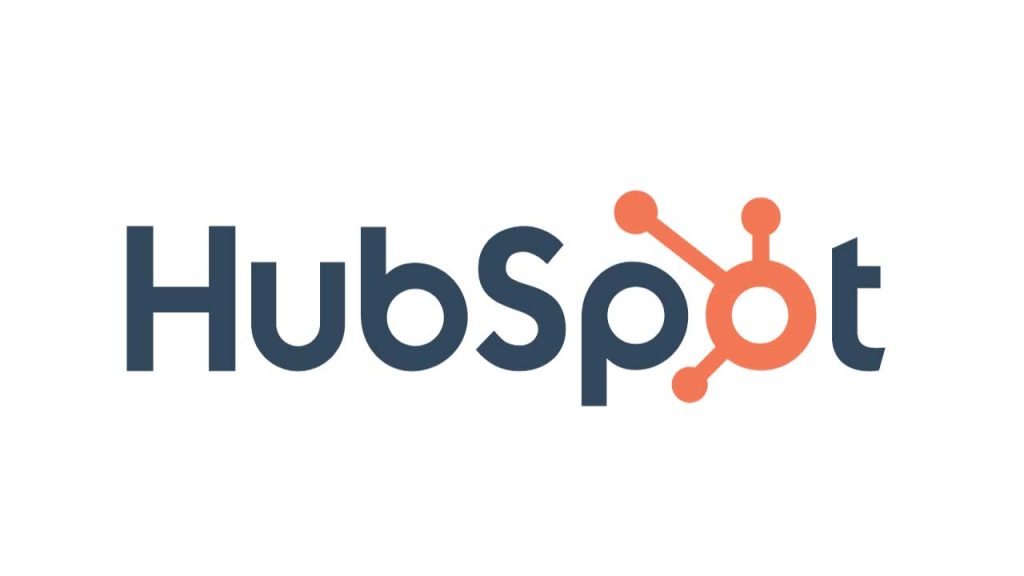In today’s business landscape, having a unified system that integrates marketing, sales, customer service, and operational processes is critical for success. HubSpot, a widely adopted Customer Relationship Management (CRM) platform, offers powerful tools and robust integration capabilities that streamline operations and enhance business productivity. This article provides a comprehensive review of HubSpot’s integration platforms, detailing how they work, their benefits, and how businesses can leverage them for better growth.


HubSpot is an all-in-one CRM platform designed to help businesses grow through its suite of tools for marketing, sales, customer service, and operations. Whether you’re looking to streamline processes, attract customers, or scale your business, HubSpot’s user-friendly platform offers powerful, integrated solutions to enhance your entire customer journey.
HubSpot is a CRM platform designed to unify various business functions under a single umbrella, making it easier for businesses to attract, engage, and delight customers. One of its key strengths is its ability to integrate with a wide range of third-party applications. From marketing automation tools to advanced sales analytics, HubSpot’s integration platforms are engineered to help businesses seamlessly connect with the tools they already use.
HubSpot’s CRM platform covers the following core areas:
All of these hubs are integrated into one platform, but the real power lies in how they can work with external applications through HubSpot’s various integration platforms.
The HubSpot App Marketplace is the cornerstone of its integration ecosystem. With over 500 available apps, it provides users with the ability to expand the functionality of HubSpot by connecting it with third-party tools such as Gmail, Outlook, Slack, Salesforce, Shopify, and Google Analytics. Whether it’s an email marketing tool or a payment processing system, HubSpot ensures smooth data synchronization and operational efficiency.
These integrations are essential because businesses rarely rely on a single software tool to manage all aspects of their operations. HubSpot’s App Marketplace allows businesses to connect with everything from accounting software and e-commerce platforms to project management tools and customer feedback systems.
Each integration in the App Marketplace is carefully vetted to ensure ease of use and power. This means that integrating HubSpot with these third-party tools can be done without extensive technical knowledge, making it accessible to users across different departments.
A core feature of HubSpot’s integration platforms is its two-way data sync functionality. This ensures that data flows smoothly between HubSpot and other software tools in real time, which keeps your CRM system up to date without requiring manual data entry. Two-way sync also helps avoid data silos, where information is stored in separate, disconnected systems, which can hinder business operations and customer experience.
For example, syncing HubSpot with an email marketing platform ensures that every contact interaction, whether an email open or click, is automatically recorded in HubSpot, giving teams a complete picture of the customer journey. Similarly, integrating with e-commerce platforms like Shopify enables businesses to track sales and customer interactions seamlessly.
Custom field mappings allow businesses to configure how data is synced between HubSpot and other platforms. This feature is particularly useful for organizations with unique workflows, as it provides the flexibility to map custom properties in HubSpot to corresponding fields in third-party tools. For example, a business could create custom fields for specific product categories in an e-commerce platform and map them to corresponding fields in HubSpot, ensuring data accuracy across both systems.
HubSpot’s historical sync feature enables users to import data that predates the integration itself. This is crucial for businesses migrating from other platforms or setting up new integrations, as it ensures that past customer interactions are captured and available for future reference. Whether it’s an email marketing tool, payment system, or social media account, this feature helps organizations maintain comprehensive and uninterrupted customer records.
For businesses with more complex needs, HubSpot’s Operations Hub offers programmable automation. Using JavaScript, users can create custom automation sequences that fit their unique business processes, such as commission calculations or customer data enrichment. This flexibility allows for tailored solutions that fit precisely with the way each organization works, ensuring that the system grows alongside the business.
Keeping data clean is one of the biggest challenges for businesses. HubSpot’s Data Quality Automation tools automatically clean and organize data. For instance, these tools can standardize formatting, remove duplicates, and validate entries to ensure consistency and accuracy across the CRM and other integrated systems. This not only saves time but also enhances the reliability of your data, making it easier for teams to make informed decisions.
Here are some of the most popular integrations businesses can set up in HubSpot:
For businesses with advanced needs or in-house development teams, HubSpot offers API integrations. These APIs allow developers to build custom integrations or connect HubSpot with proprietary systems that may not be available in the App Marketplace. HubSpot offers a variety of APIs, such as the CRM API, which enables custom apps to interact directly with HubSpot’s CRM system, and the Marketing API, which provides access to tools like email marketing, forms, and landing pages.
HubSpot’s integration platforms provide businesses with a wide array of tools that not only simplify daily operations but also empower them to scale efficiently. The HubSpot App Marketplace, with its extensive list of integrations, and the platform’s robust API offerings make HubSpot one of the most versatile and adaptable CRM solutions available today.
Whether you’re a small business looking to streamline your marketing efforts or an enterprise seeking advanced custom automation, HubSpot’s integration platforms can meet your needs. With seamless data syncing, historical import options, and powerful automation features, HubSpot enables businesses to build a tech stack that works in harmony, driving growth and delivering exceptional customer experiences.